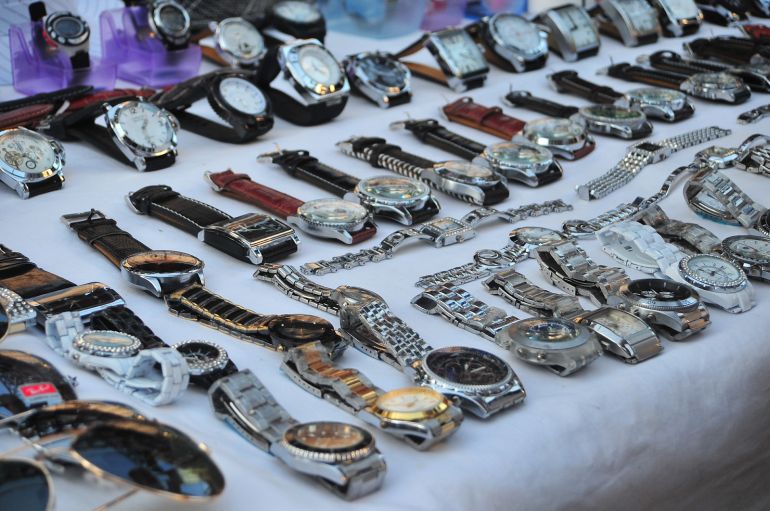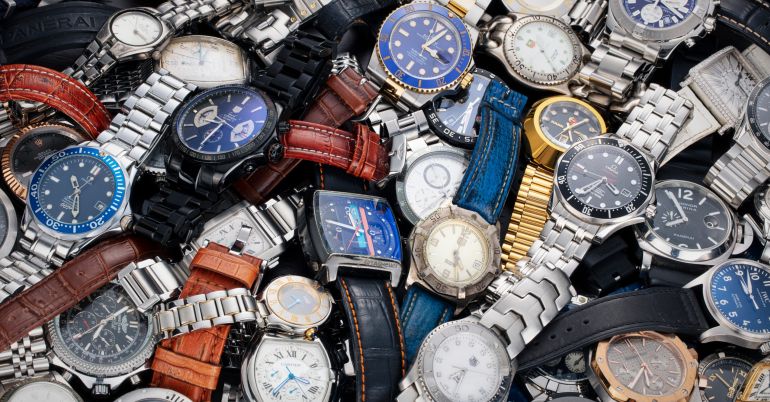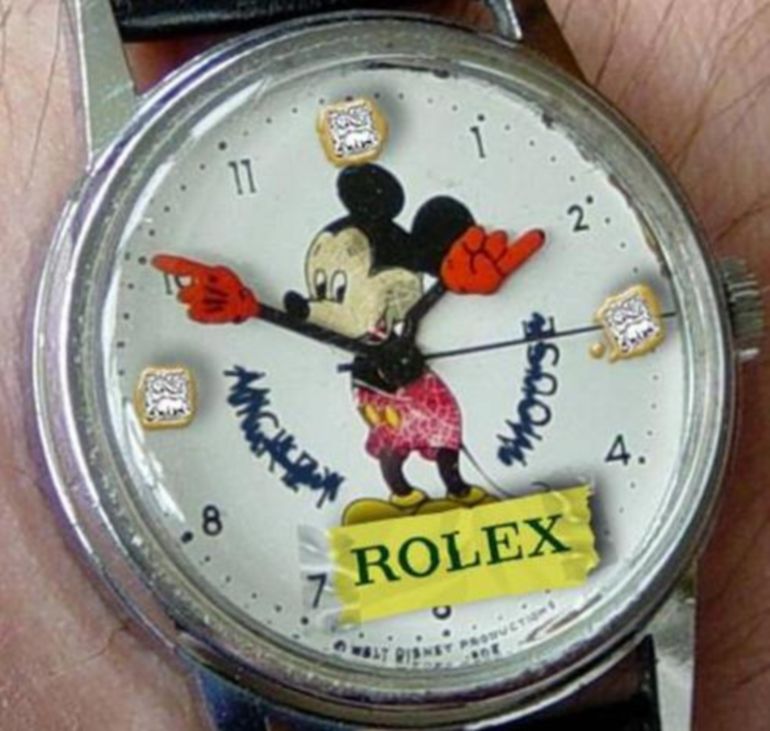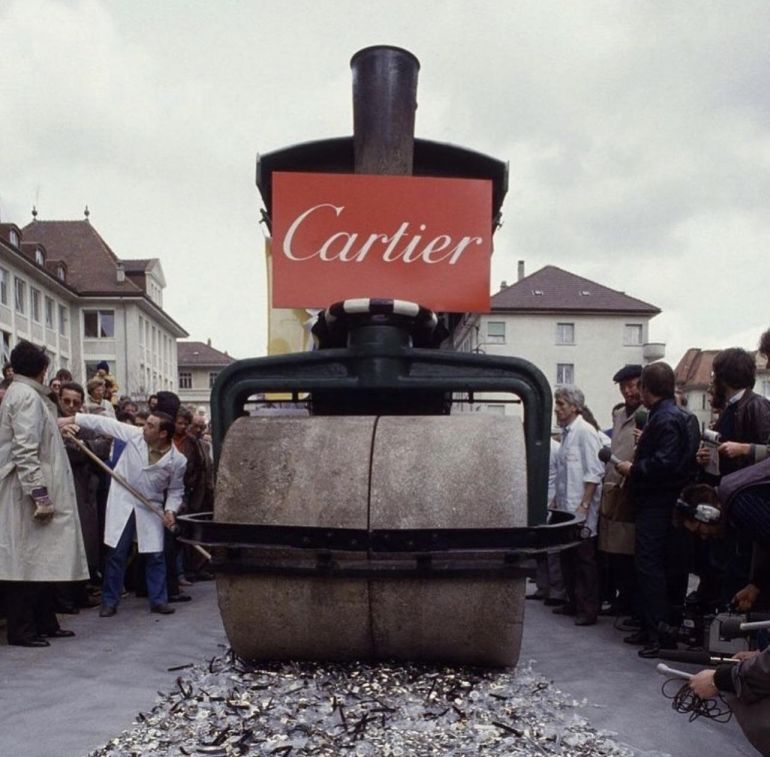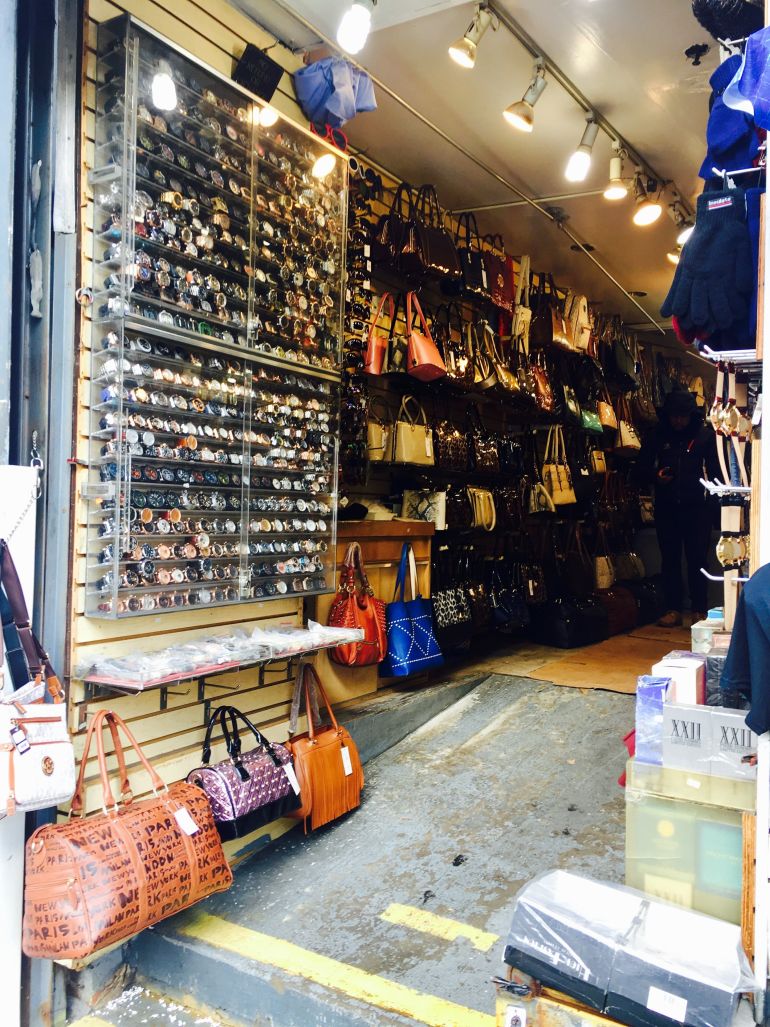"A fine ranging from EUR 100 to EUR 7,000 shall be imposed on the final purchaser who purchases for any reason things which, because of their quality or the condition of the person offering them or the amount of the price, lead to the belief that the rules on the origin and provenance of the products and on industrial property have been violated" is what the Italian law states. Yet, there are many who take the risk, even unaware of the danger of a sanction or in any case trusting that they will not be 'caught'.
In watchmaking, buying fakes is such a widespread practice that I have recently heard people say: 'I buy copies of my watches to wear them instead of the originals and thus defend myself against theft and muggings'. As if the fact of having bought the same models in the original version is in itself an absolution. The disturbing thing, however, is that even a collector finds it normal to buy a fake and is not ashamed to wear it.
For years, the commitment of watch brands against the counterfeit market has been less evident. Law enforcement agencies continue to make seizures in quantity, but the days of industry outbursts of indignation are long gone.

I believe that letting one's guard down on this problem is dangerous, because it also leads the watch enthusiast to consider incorrect and illegal behaviour as legitimate. Silence/assent is always a mistake and in this case it has the demerit of pushing the potential customer away from the brands most affected by this phenomenon, so as not to risk being confused with the many 'I'd like to but I can't'. One thus loses the only real influencers: one's customers.


